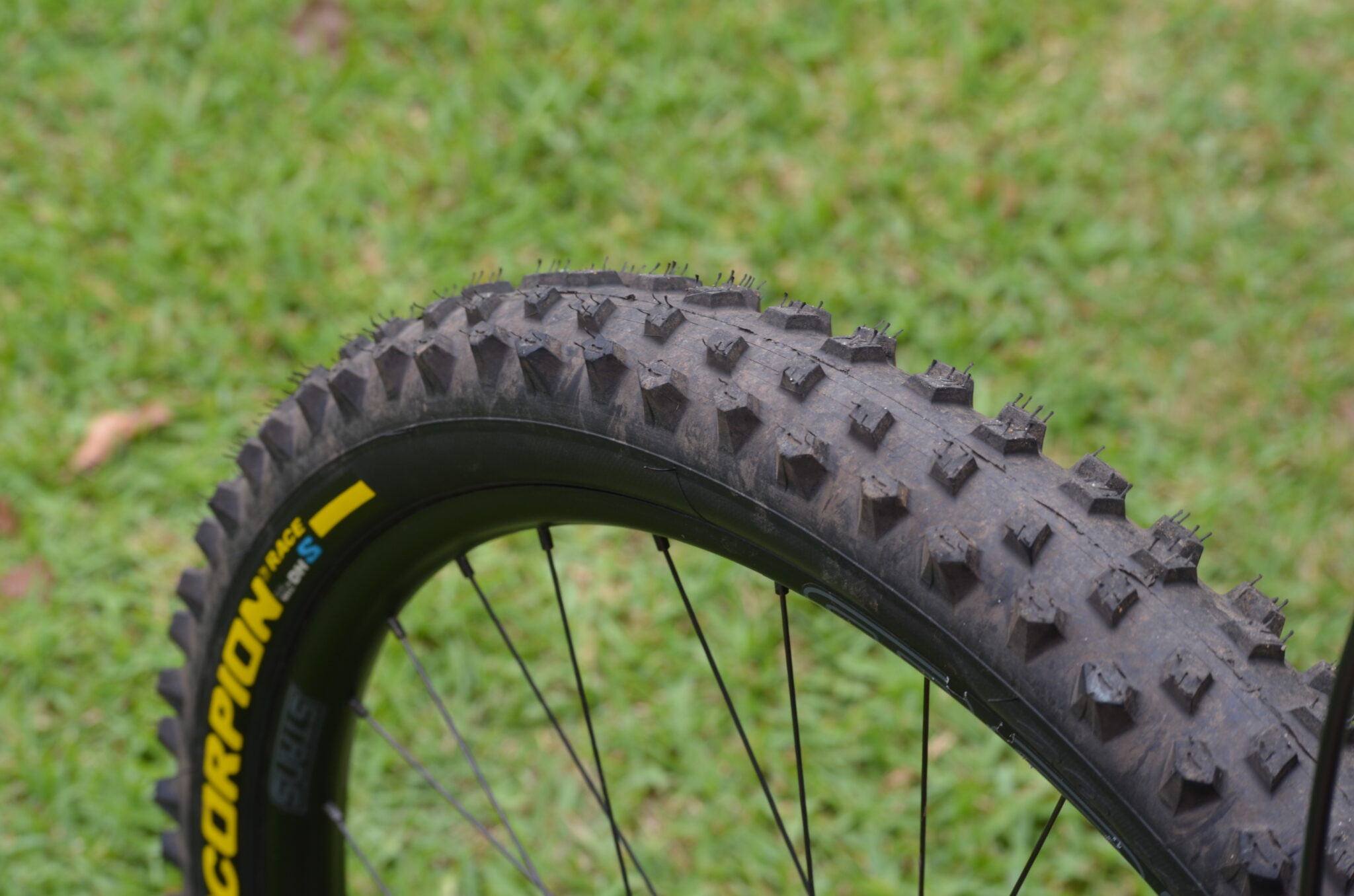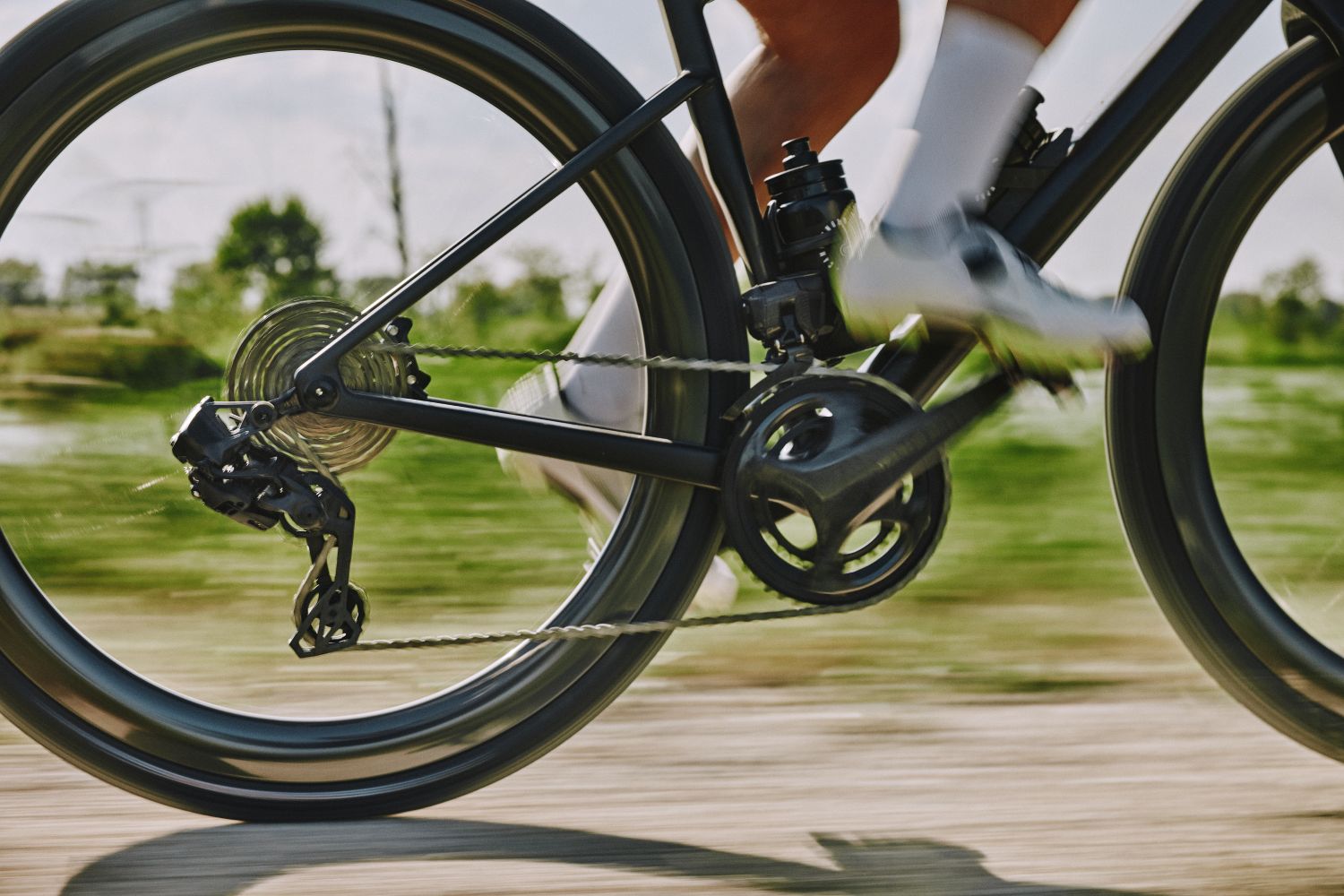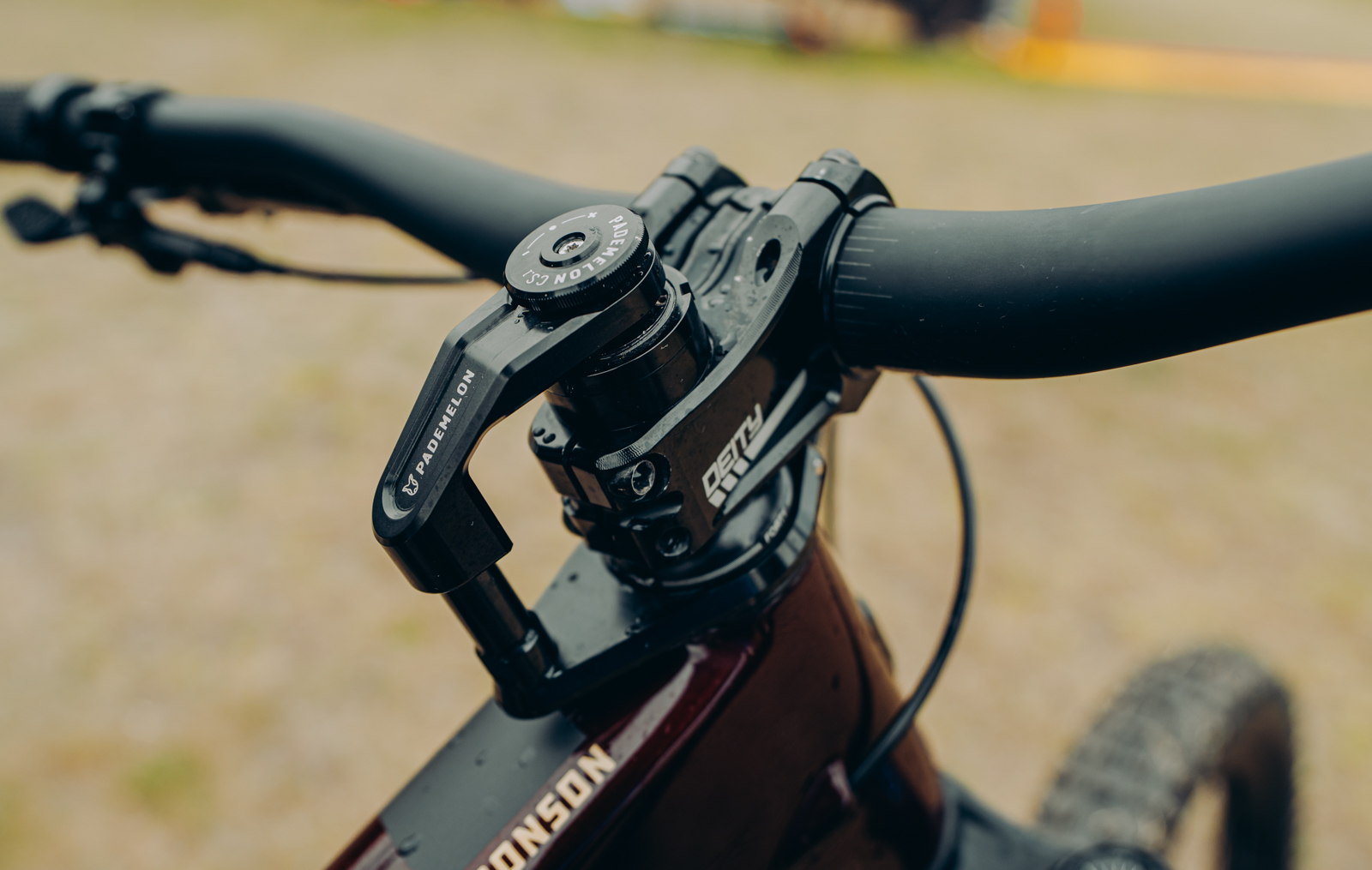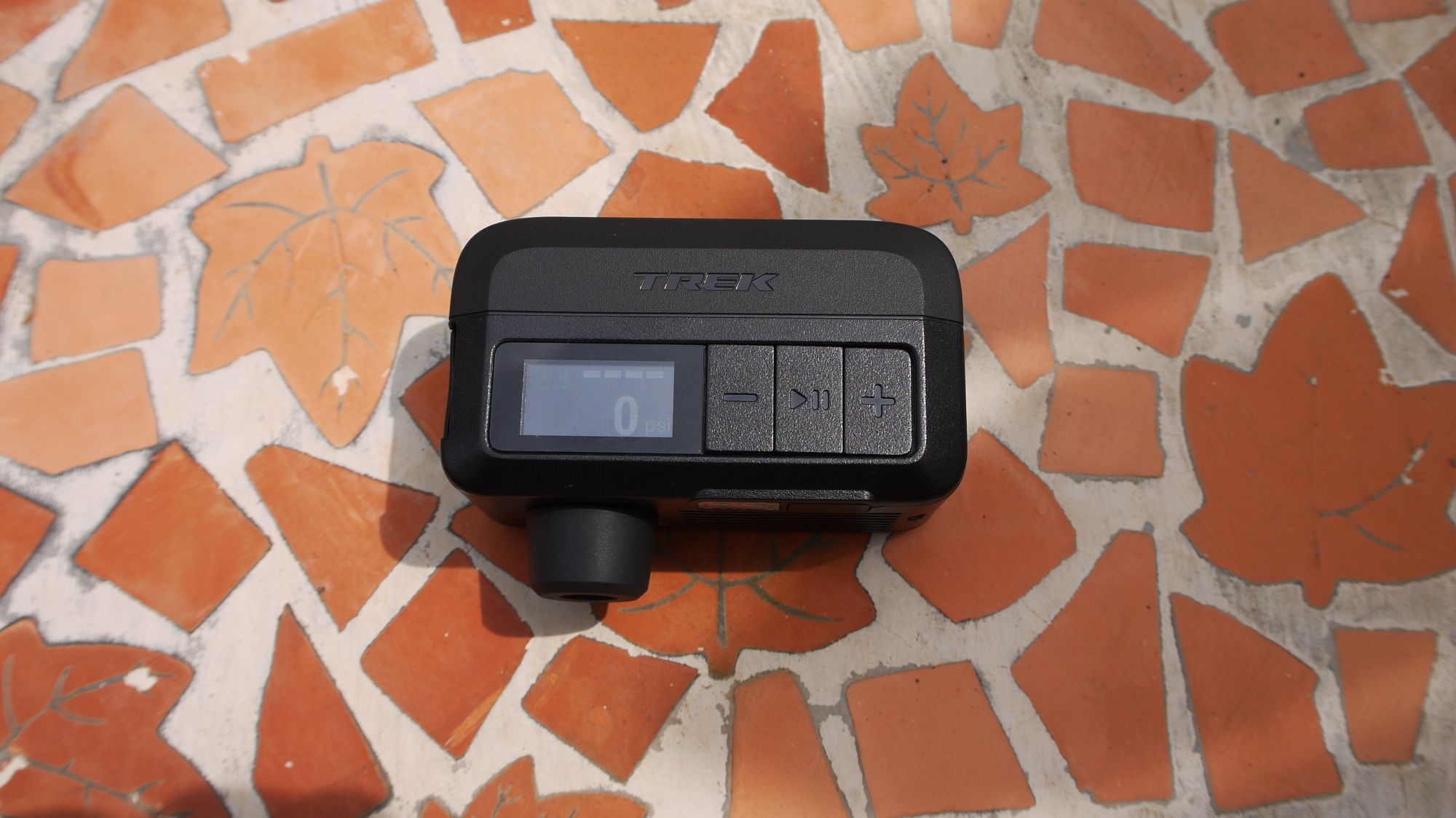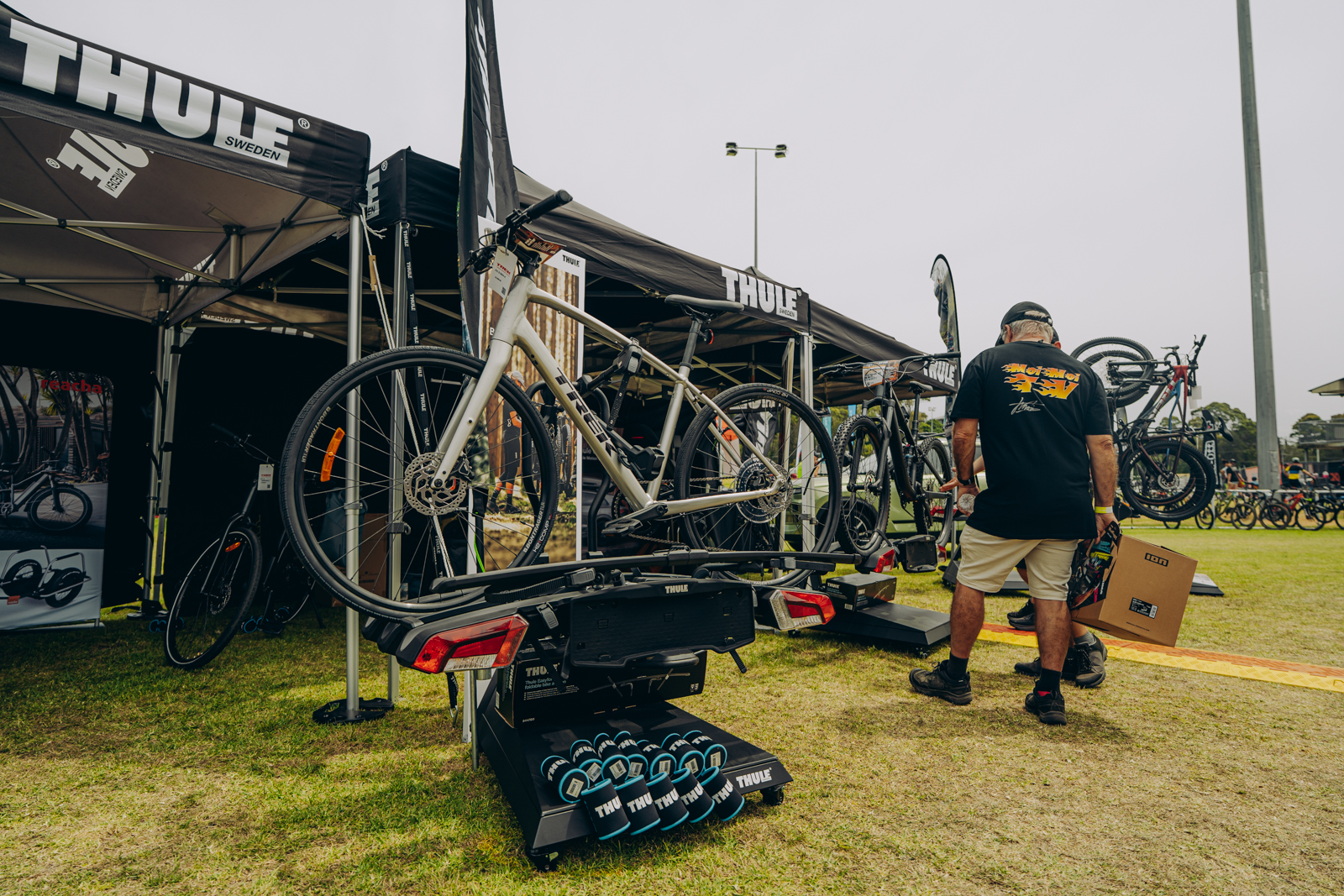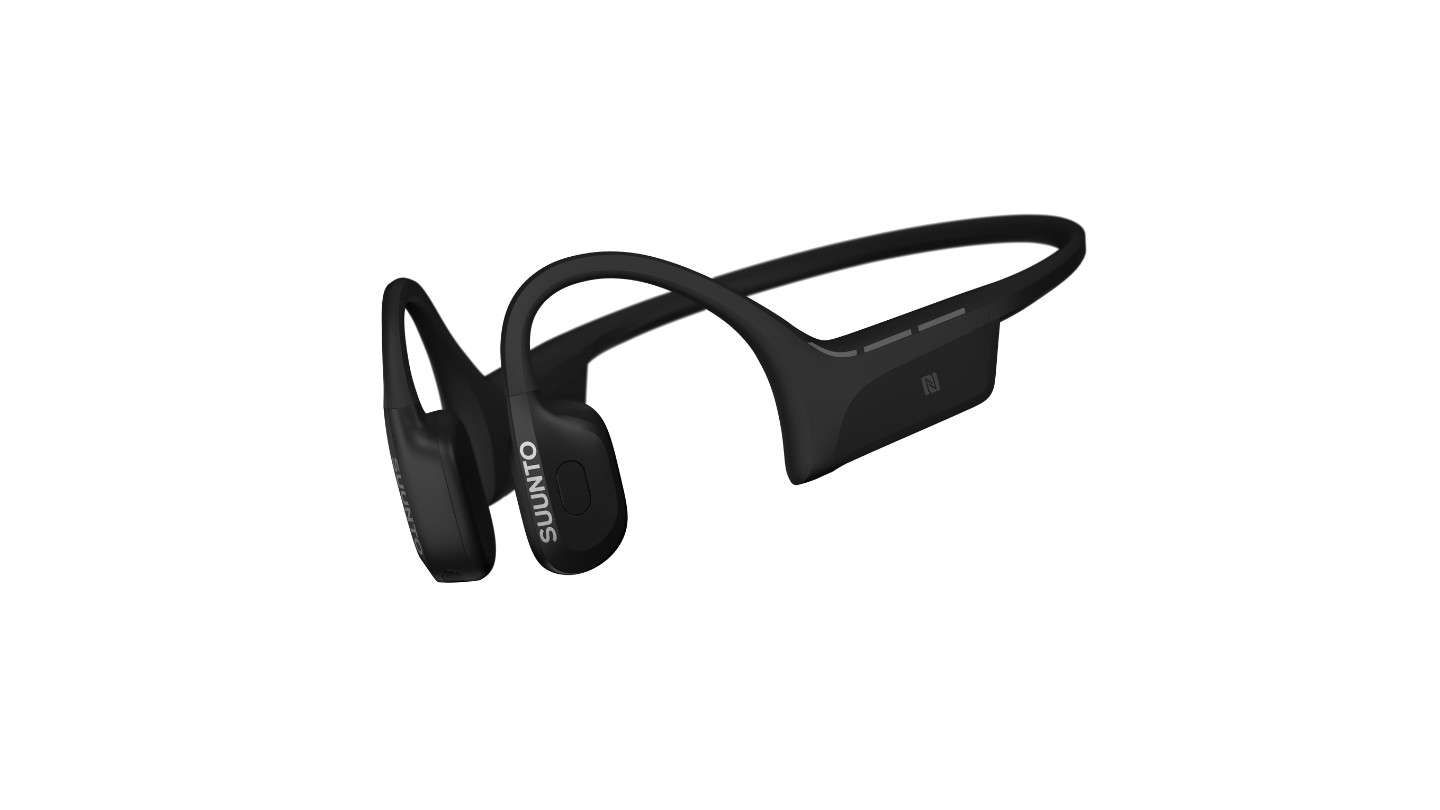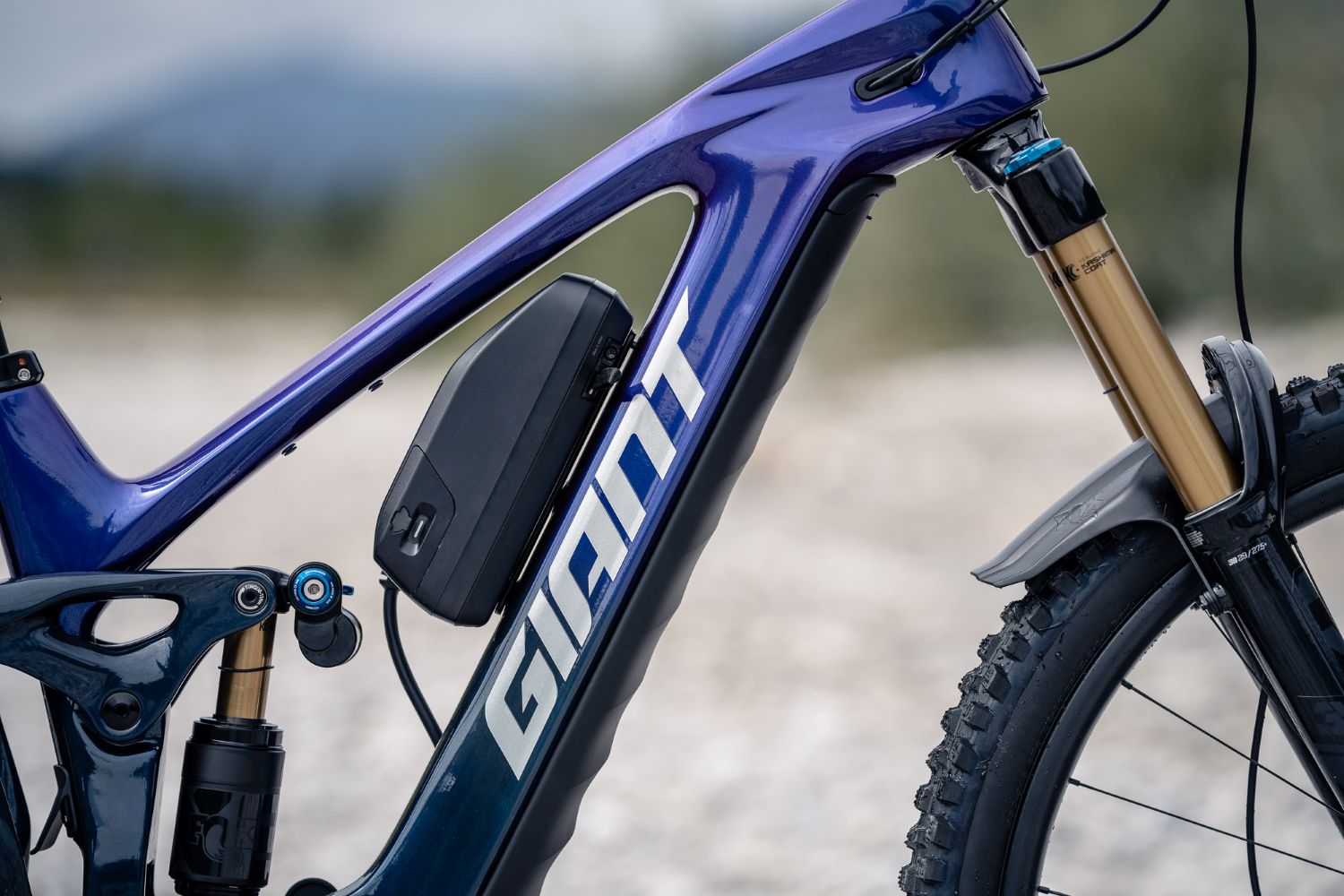The Pirelli Scorpion S is the third and final tread pattern to be rolled out by Pirelli under their new Scorpion Race banner. While the ‘M’ and ’T’ variants are targeted more towards various terrains and soil types, the ’S’ is unabashedly targeted at gravity riding in soft and loose conditions. By utilising an open and tall tread pattern, void of much siping or complexity compared to the rest of the lineup, Pirelli has developed what they feel is the perfect tyre for when conditions are muddy, sketchy and loose.
Key details of Pirelli Scorpion Race S
Product: Pirelli Scorpion Race S
Tested Size: 29 x 2.5″
Weight (Actual): 1559g (DualWall+ casing)
Intended Use: Enduro / Downhill in soft and loose terrain
Construction: DualWall and DualWall+ casings with sidewall inserts
Compound: Smart Evo DH rubber
Tread Style: Tall, open knobs for mud and loose soil clearance
Tubeless Ready: Yes
RRP: $129.99 AUD
Distributor: FE Sports
Casing Options for Enduro and DH Riders
As with the rest of the ‘Race’ line of tyres, the S is available in two casings. Their Enduro (EN) casing is called DualWall and features two layers of 120tpi canvas, while the Downhill (DH) casing is called DualWall+ and features two layers of a tougher 60tpi canvas. Both Dualwall and Dualwall+ casings have a rubber insert sandwiched between the two layers of canvas, designed to aid in sidewall stability and increase rim protection. To further tyre stability and increase robustness, the DualWall+ casing also has a third layer of canvas throughout the sidewall of the tyre, adding another layer of protection and support. All of this casing does come at a cost, with the DualWall+ 29” variant coming in at a hefty 1560 grams (actual).
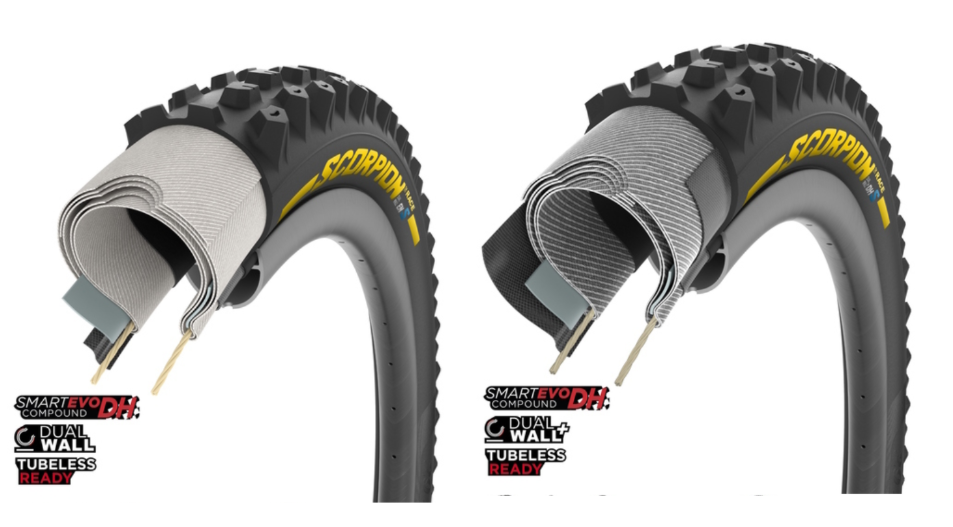
Tread Pattern Designed for Mud and Loose Terrain
Open and tall is the name of the game when it comes to the tread pattern on this new tyre from Pirelli. As it is aimed specifically towards performance in soft and loose conditions, the gaps between the centre knobs are much larger than what you would see on a mixed terrain tyre. This has been done to allow the knobs to clear themselves of wet, sticky dirt better while rotating, using the centrifugal force created by the rotating dirt against itself.
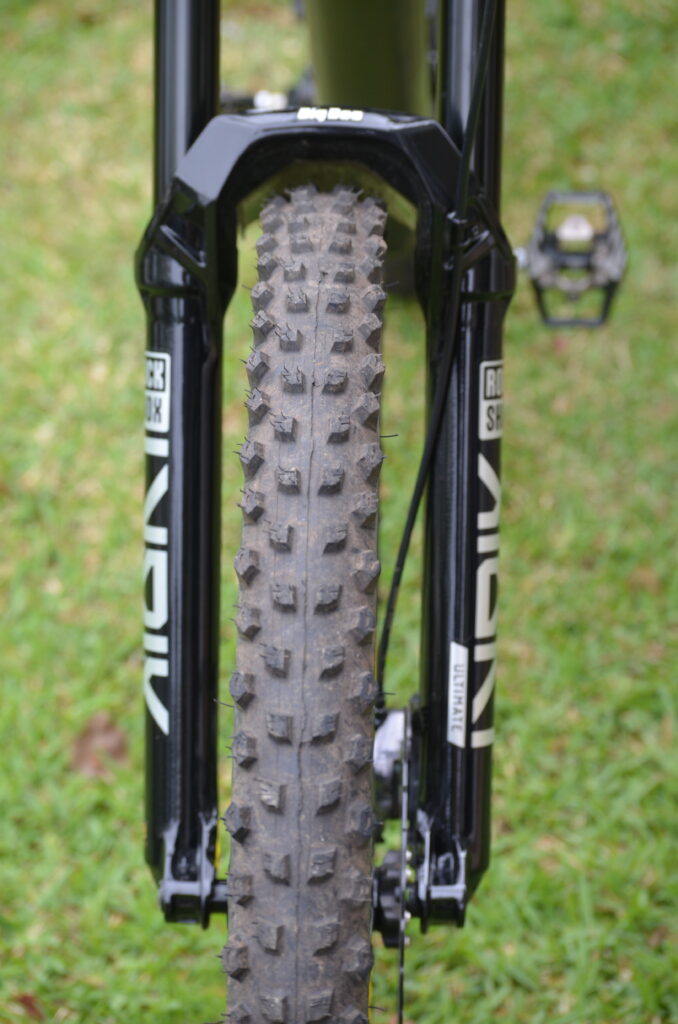
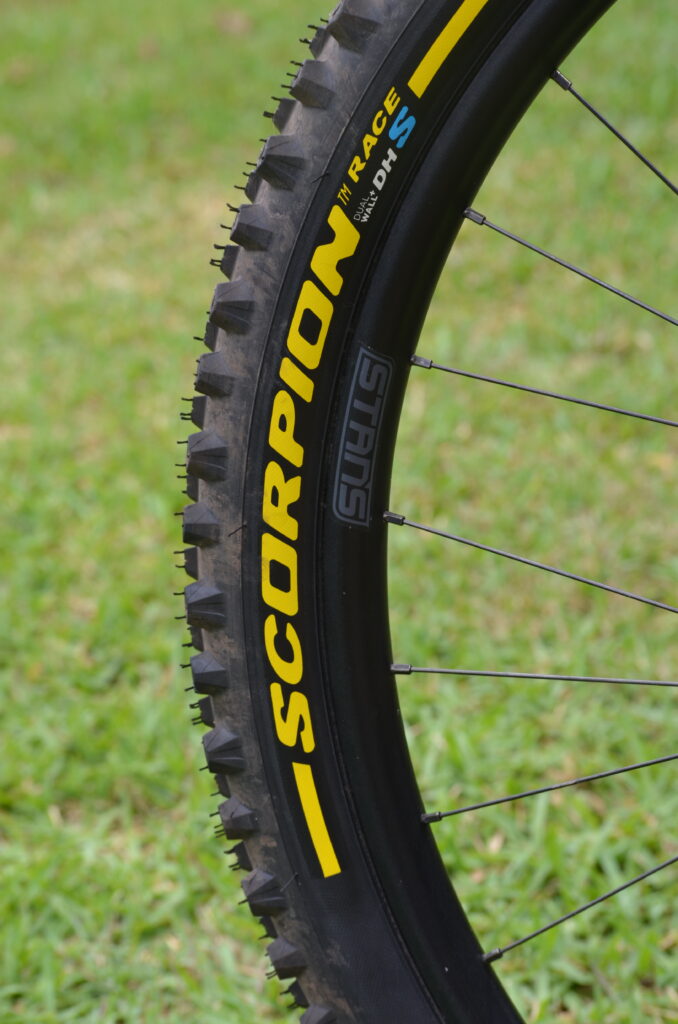
By doing so, the tyre more consistently maintains its performance throughout the entirety of a muddy trail rather than getting clogged up and progressively losing traction. The increased height of the knobs allows better penetration on loose or wet soils, where a dry tyre would bottom out on the casing and, in turn, struggle to bite into the terrain.
Smart Evo DH Compound Explained
As I have mentioned in previous reviews of the Scorpion Race M (in AMB issue 206) and Race T (207), Pirelli’s new Smart Evo DH Compound found exclusively on the Race line of tyres is comparably soft as rubber found on gravity tyres from the likes of Maxxis, Schwalbe or Continental. Its chemical grip has noticeably increased over the rubber used on the Pirelli ‘Enduro’ line of tyres, thanks to its softer, gummier nature and tackier feel. This does come at the expense of wear life, but that is to be expected on a gravity tyre aimed towards racing. If they grip, they rip!
Setting Up the Pirelli Scorpion Race S
With relative ease, I mounted a 29” Scorpion Race S in the DualWall+ Casing on the front of my Stumpjumper Evo. While I did require two tyre levers to persuade the robust DualWall+ casing tyre onto the Stans Flow EX3 Rims currently on my bike, the bead snapped into place and sealed up without a hitch.
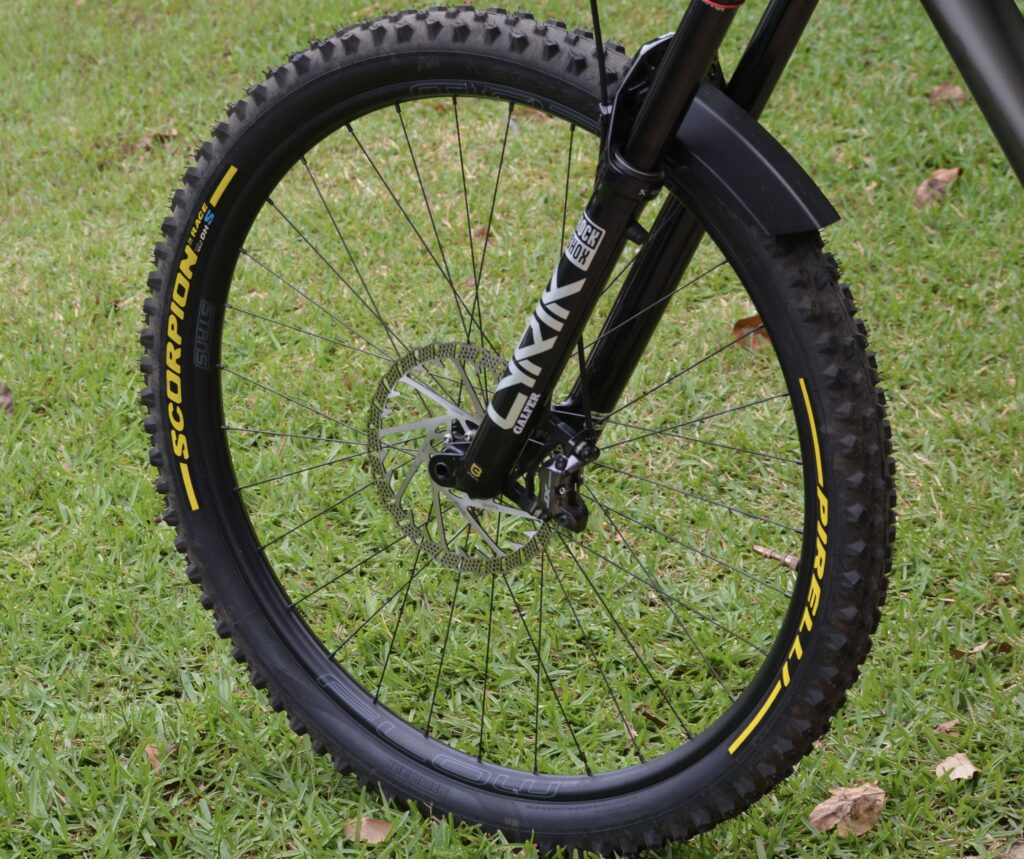
The measured width at 20PSI on the 29mm wide Flow Rims was right on 2.5”. Throughout testing, I had the Race S paired with a 27.5” Pirelli Scorpion Race T on the rear, which I have been using consistently over the past 12 months.
Trail Testing the Scorpion Race S in Wet and Dry Conditions
Like some kind of gift from the mountain bike gods, I was graced with a few weeks of wet weather during the beginning of my testing period on this new tyre. This provided me with a mix of muddy, loose trail conditions along with the odd hero dirt ride – a welcome change to the bottomless dust and loose dirt I typically ride around home.
On one such wet ride with a group of mates (all of whom were running mixed-condition tyres), I quickly surveyed everyone’s tread at the bottom of a relatively soft trail. All of their tyres were completely caked with dirt, to the point where they were almost slick. In contrast, the tread on the Scorpion S was almost entirely clear, proving that the tall knobs and wide spacing were working in perfect harmony to both provide grip while also remaining functional through inclement conditions.
While descending, I really noticed and enjoyed how much lean angle grip there was on offer from the tall side knobs. While it took some commitment to engage the tread, once you got it to bite into the soil, the traction on offer was fantastic regardless of how soft or loose the dirt. Speaking of loose dirt, I was also pleasantly surprised by how much grip the Scorpion Race S provided on the extremely loose, dry trail conditions I typically ride.
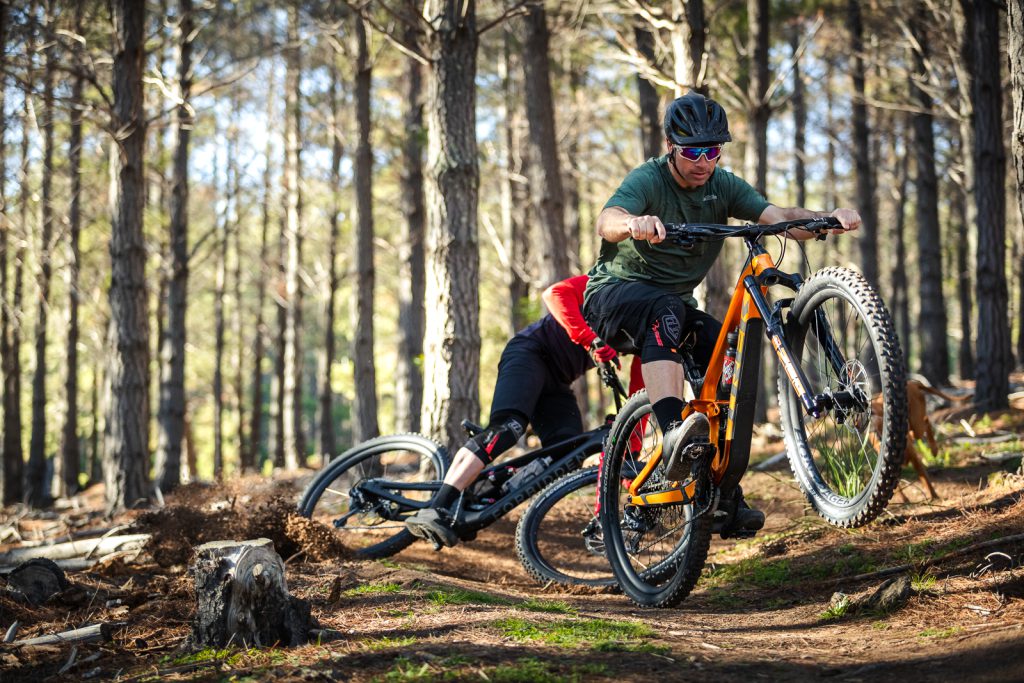
The near bottomless nature of the rocky, loose soil I have on some of the local pirate trails was a great pairing with the tall, open tread pattern, giving more front-end grip than the mixed terrain tyre it replaced. Unfortunately, all of this traction does come at a cost, most notably rolling speed. When you combine the weight of the tyre with the tall, soft knobs, what you get is undoubtedly one of the slower rolling tyres I have ever used.
While this tyre is not aimed at climbing performance or pedalling efficiency, it is still of note. Furthermore, its performance on hardpack soils was less obvious compared to a tyre like the Scorpion Race M. The traits that help it to excel on softer soils also hurt it on hard surfaces, where the open tread pattern lacks contact and predictability.
Verdict on the Scorpion Race S
If you live in a place that has frequent rain, deep soft soil and generally loose conditions, swapping out the ‘one size fits most’ mixed condition tyres on your gravity rig for a Pirelli Scorpion Race S may lead to faster segment times and an all-round better experience when descending. Similarly, riders who take their racing seriously should keep a tyre like this at hand for the occasional muddy jaunt between the tape. In the right conditions, this tyre provides oodles of bite and does a fantastic job of taming the nastiest trails you can place in front of it.
Pros and cons
Pros
– Fantastic lean angle traction in soft soils
– Durable casing
– Long-lasting tread
Cons
– Slow rolling speed

